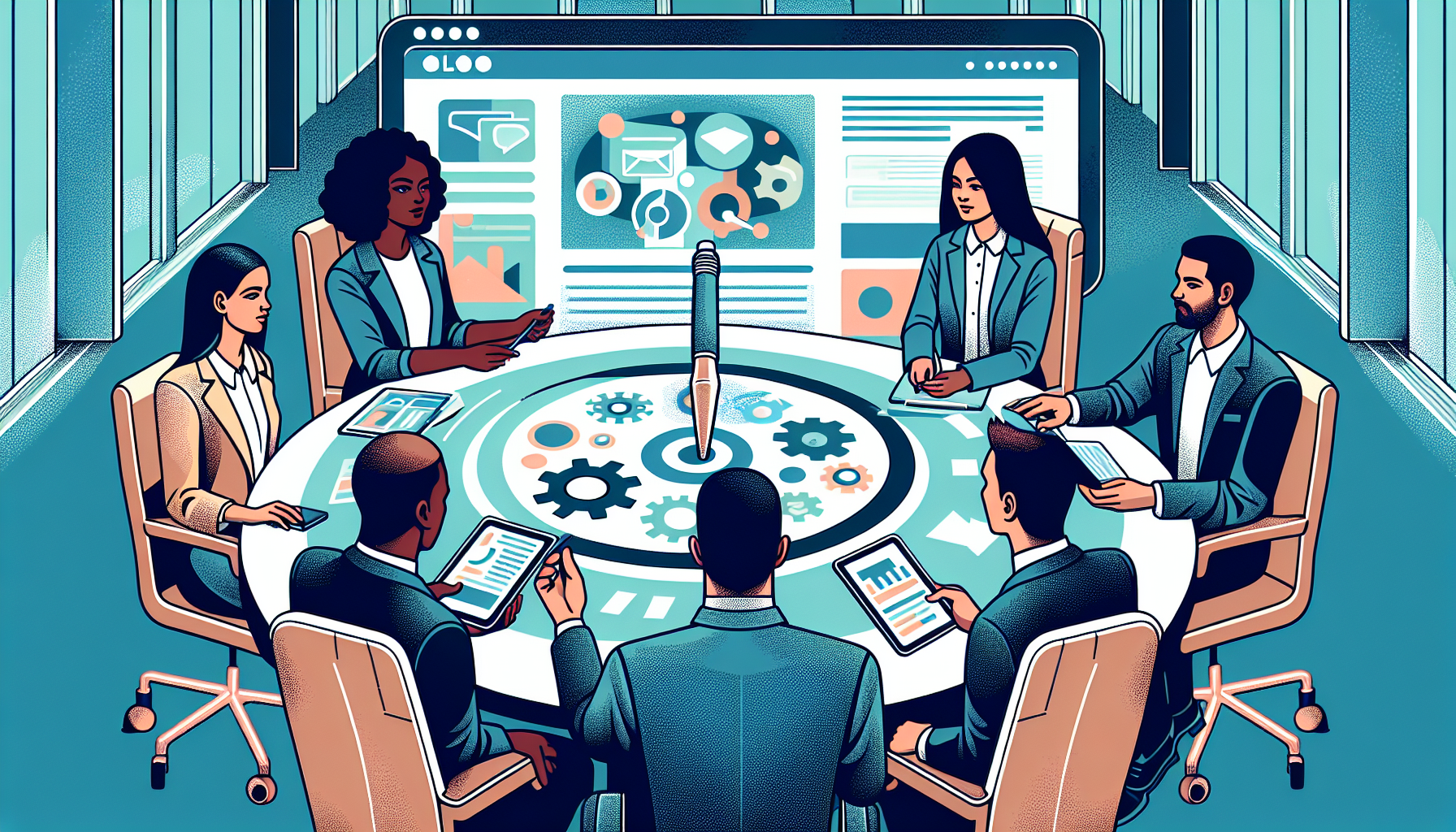Understanding ChatGPT: Features and Functionality
ChatGPT, developed by OpenAI, leverages the power of artificial intelligence to facilitate dynamic conversations and support a myriad of business needs. It employs a model based on the Generative Pre-trained Transformer (GPT) architecture, enabling it to generate human-like responses based on input data. This feature is particularly advantageous for businesses seeking to enhance their customer service, develop innovative marketing strategies, or streamline communications.
Core Features of ChatGPT
-
Natural Language Processing (NLP): ChatGPT utilizes advanced NLP techniques, allowing it to comprehend and interpret human language effectively. This capability makes it suitable for applications ranging from customer support queries to content generation.
-
Multilingual Support: With the ability to interact in multiple languages, ChatGPT enables businesses to connect with a diverse clientele, catering to global markets without language barriers.
-
Contextual Understanding: Unlike earlier AI models, ChatGPT can maintain context over longer conversations, creating a more personalized and engaging user experience.
-
Adaptability: ChatGPT can be fine-tuned for specific industries, making it versatile enough for various domains such as retail, healthcare, finance, and education. This adaptability ensures that the tool meets specific business objectives and industry standards.
-
Integration Capability: ChatGPT can seamlessly integrate with existing software systems like CRMs and helpdesk solutions, facilitating a smooth transition to AI-driven processes.
Applications of ChatGPT in Business
1. Customer Support Automation
One of the primary uses of ChatGPT is in automating customer service operations. By utilizing AI chatbots powered by ChatGPT, businesses can handle inquiries efficiently, providing instant responses to frequently asked questions and significantly reducing response times. This not only enhances customer satisfaction but also allows human agents to focus on more complex issues.
2. Lead Generation and Qualification
ChatGPT can assist in the lead generation process by engaging potential customers through interactive conversations. By asking qualifying questions, it can determine the suitability of leads before passing them on to sales teams. This targeted approach saves time and increases conversion rates.
3. Content Creation
For businesses in need of fresh content, ChatGPT can generate articles, blog posts, and marketing materials. Its ability to produce coherent and contextually relevant text makes it a valuable tool for content marketers looking to maintain a consistent flow of information without sacrificing quality.
4. Training and Education
ChatGPT can be utilized in training environments to create interactive learning modules. By simulating real-world scenarios, it can assist employees in honing their skills, thereby improving overall productivity and efficiency within organizations.
5. Market Research and Analysis
Businesses often rely on ChatGPT for preliminary market research. By interacting with customers and collecting feedback, it can derive insights that guide product development and marketing strategies.
Evaluating the Pros and Cons of ChatGPT
Advantages
- Scalability: ChatGPT can handle numerous interactions simultaneously, making it an excellent choice for businesses with fluctuating customer demand.
- 24/7 Availability: Unlike human agents, ChatGPT operates around the clock, ensuring that customer queries are addressed at any time.
- Cost Efficiency: By automating several tasks, businesses can significantly reduce their operational costs, allowing for better allocation of resources.
- Consistent Quality: AI-driven interactions maintain a level of quality that can be challenging to achieve consistently with human agents, reducing variance in customer experience.
Disadvantages
- Limited Emotional Intelligence: While ChatGPT can engage in conversation, it lacks the emotional understanding that human agents possess, which can be crucial in sensitive customer interactions.
- Context Limitations: In highly complex scenarios, the model may struggle with maintaining context over a long dialogue, leading to misunderstandings.
- Dependence on Data Quality: The effectiveness of ChatGPT is heavily reliant on the quality of the training data it has been exposed to. Poor data can lead to subpar performance.
Implementing ChatGPT: Best Practices
To maximize the efficacy of ChatGPT, businesses should consider the following best practices:
-
Define Clear Objectives: Understand what you aim to achieve with ChatGPT. Whether it’s improving customer service, generating leads, or providing support, having clear goals will guide the implementation process.
-
Continuous Training: Regularly update the data and feedback for ChatGPT to enhance its understanding and response accuracy. This ongoing training ensures that the AI remains relevant as business needs evolve.
-
Incorporate Human Oversight: Implement a system where human agents monitor interactions, particularly for sensitive cases. This hybrid approach enhances customer satisfaction while retaining efficiency.
-
Integrate Analytics: Use built-in metrics and analytics to monitor performance. Understanding user interactions can provide invaluable insights for continuous improvement.
-
User-Centric Design: Ensure that the user interface is intuitive and accessible for all customer demographic segments. A user-friendly design enhances engagement and satisfaction.
Cost Considerations
When evaluating ChatGPT for your business, it is important to understand the associated costs. OpenAI offers tiered pricing models based on usage, making it crucial for businesses to analyze their expected volume of interactions. Consideration of supplementary costs such as integration, maintenance, and updates should also be factored in to ensure a comprehensive budget.
Making the Right Choice for Your Business
Selecting the right tool like ChatGPT for your business needs requires an in-depth understanding of your objectives, budget, and how AI can fit into your existing structure. Its multifaceted applications and adaptability make it a powerful asset in enhancing productivity and responsiveness in various sectors.


